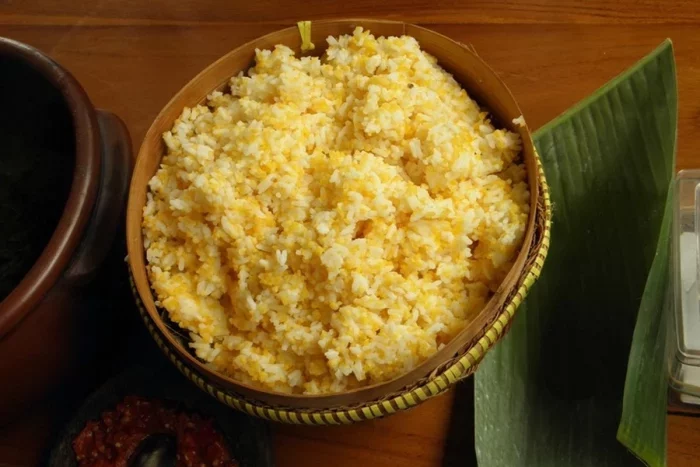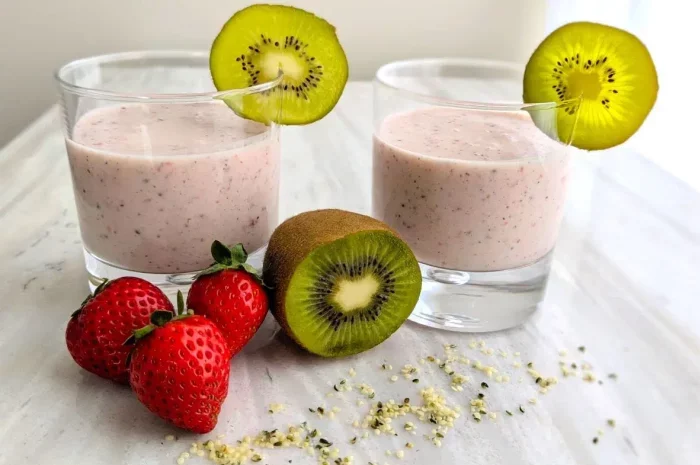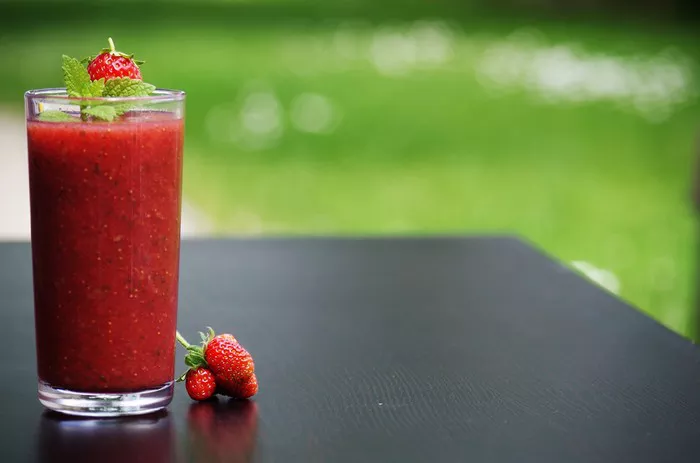Asian dressing is a versatile and flavorful addition to any salad. It combines a variety of ingredients that are commonly found in Asian cuisine, such as soy sauce, sesame oil, rice vinegar, and ginger. This dressing can transform a simple salad into a culinary delight, offering a perfect balance of sweet, salty, sour, and umami flavors. In this article, we will guide you through the process of making your own Asian dressing, providing detailed instructions and tips to ensure success.
Ingredients for Asian Dressing
Before we dive into the preparation, let’s take a look at the essential ingredients you’ll need to make a basic Asian dressing:
Soy Sauce: This is the backbone of the dressing, providing a rich, salty flavor. Use low-sodium soy sauce if you prefer a less salty taste.
Sesame Oil: Adds a nutty aroma and depth of flavor. A little goes a long way, so use it sparingly.
Rice Vinegar: Offers a mild acidity that balances the richness of the soy sauce and sesame oil.
Honey or Sugar: Adds a touch of sweetness to counteract the acidity and saltiness.
Fresh Ginger: Provides a warm, spicy kick. Freshly grated ginger is best for maximum flavor.
Garlic: Adds a pungent, savory note. Freshly minced garlic is recommended.
Sesame Seeds: For a bit of crunch and extra nuttiness. Toasted sesame seeds are ideal.
Chili Flakes or Sriracha: Optional, for those who enjoy a bit of heat.
Step-by-Step Instructions
Gather Your Ingredients
Start by gathering all the ingredients listed above. Having everything ready before you begin will make the process smoother and more enjoyable.
Prepare the Fresh Ingredients
Grate the Ginger: Use a fine grater or microplane to grate about 1 tablespoon of fresh ginger. This will ensure that the ginger is evenly distributed throughout the dressing.
Mince the Garlic: Peel and finely mince 1-2 cloves of garlic, depending on your preference for garlic flavor.
Mix the Wet Ingredients
In a medium-sized mixing bowl, combine the following:
1/4 cup soy sauce: This will be the base of your dressing.
2 tablespoons rice vinegar: Adds the necessary acidity.
1 tablespoon sesame oil: Provides a rich, nutty flavor.
1 tablespoon honey or sugar: Balances the acidity and saltiness.
Whisk these ingredients together until the honey or sugar is fully dissolved.
Add the Fresh Ingredients
Add the grated ginger and minced garlic: Stir these into the wet ingredients to infuse the dressing with their flavors.
Optional: Add chili flakes or Sriracha: If you like a bit of heat, add 1/2 teaspoon of chili flakes or 1 teaspoon of Sriracha. Adjust according to your spice tolerance.
Incorporate the Sesame Seeds
Add 1 tablespoon of toasted sesame seeds: These will add a delightful crunch and enhance the nutty flavor of the dressing.
Taste and Adjust
Before finalizing your dressing, give it a taste. Adjust the flavors as needed:
If it’s too salty: Add a bit more honey or sugar.
If it’s too sweet: Add a splash more rice vinegar.
If it’s too acidic: Add a bit more soy sauce or sesame oil.
Store or Serve
Your Asian dressing is now ready to use! You can either use it immediately or store it in an airtight container in the refrigerator for up to a week. If the dressing thickens in the fridge, simply let it come to room temperature and give it a good shake or stir before using.
Tips for Perfect Asian Dressing
Use Fresh Ingredients: Fresh ginger and garlic make a significant difference in flavor compared to their powdered counterparts.
Toast Your Sesame Seeds: Toasting sesame seeds enhances their nutty flavor. Simply heat them in a dry skillet over medium heat until they become fragrant and lightly golden.
Experiment with Ratios: Feel free to adjust the ratios of soy sauce, rice vinegar, and sesame oil to suit your taste preferences.
Add Citrus: For a refreshing twist, add a bit of lime or orange juice to the dressing.
Make It Creamy: If you prefer a creamier dressing, mix in a tablespoon of mayonnaise or peanut butter.
Variations of Asian Dressing
While the basic recipe is delicious on its own, there are several variations you can try to keep things interesting:
Miso Dressing
Add 1 tablespoon of miso paste: Miso adds a deep, savory umami flavor. Mix it well into the dressing to ensure it’s fully incorporated.
Peanut Dressing
Add 2 tablespoons of peanut butter: This will create a creamy, nutty dressing that pairs wonderfully with salads containing chicken or tofu.
Citrus-Ginger Dressing
Add the juice of 1 lime or orange: This will give the dressing a bright, citrusy note that complements the ginger beautifully.
Spicy Sriracha Dressing
Increase the amount of Sriracha: For those who love heat, adding an extra teaspoon or more of Sriracha will give your dressing a fiery kick.
Pairing Asian Dressing with Salads
Asian dressing is incredibly versatile and can be paired with a wide variety of salads. Here are a few ideas to get you started:
Asian Chicken Salad
Ingredients: Mixed greens, shredded chicken, mandarin oranges, sliced almonds, and crispy wonton strips.
Dressing: The basic Asian dressing works perfectly here, enhancing the flavors of the chicken and citrus.
Sesame Ginger Slaw
Ingredients: Shredded cabbage, carrots, and green onions.
Dressing: A sesame-ginger variation of the dressing adds a delightful crunch and flavor to this simple slaw.
Thai Beef Salad
Ingredients: Sliced grilled beef, mixed greens, cucumber, cherry tomatoes, and fresh herbs like cilantro and mint.
Dressing: A spicy Sriracha dressing complements the bold flavors of the beef and herbs.
Tofu and Edamame Salad
Ingredients: Cubed tofu, shelled edamame, mixed greens, and shredded carrots.
Dressing: A miso or peanut dressing adds richness and depth to this vegetarian-friendly salad.
Conclusion
Making your own Asian dressing for salads is a simple and rewarding process. By using fresh ingredients and adjusting the flavors to your liking, you can create a dressing that is far superior to anything you can buy in a store. Whether you stick to the basic recipe or experiment with vaiations, this dressing is sure to become a staple in your kitchen. Enjoy the process and the delicious results!
Related topics:
How to Make Chinese Cucumber Salad?






















